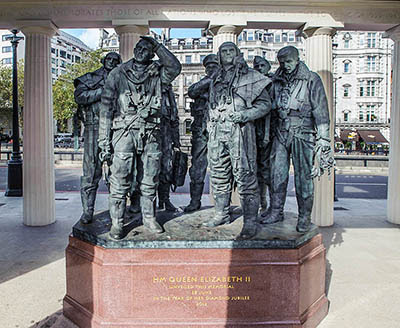Reporting to 'B' Flight
On August
11, 1944, Harris officially became a Flying Officer and on August 17th,
the crew reported to “B” flight at RAF Peplow. Ditson
would rejoin his crew later and he was at the Canadian General Hospital in Marston
Green, recovering from an unspecified surgery.
In a letter
dated August 17, 1944, Harris wrote Ditson suggesting he plead his case with
the C.G.I. (Certified Ground Instructor) to be kept with his crew, despite his
absence from training.
By the
following week, the crew (minus Ditson) were training together regularly on
Vickers-Armstrong Wellington bombers. Any
pleading must have been successful, as Ditson was back flying with the Harris
crew by September 5th.
The slow pace
of activity was clearly frustrating to Harris.
On September 22nd, he wrote to Margaret: “Things are going very slowly with me just
now, because of the weather, and I am becoming quite fed up with hanging
about. I’ve never wasted so much time in
my life before as I have in the air force.”
By October
10th, the crew had flown together at RAF Peplow over thirty times.
VICKERS-ARMSTRONG WELLINGTONS
VICKERS-ARMSTRONG WELLINGTONS
 |
| A pair of Vickers-Armstrong Wellingtons Source: www.baesystems.com/en/heritage/vickers-wellington |
The
Wellington was the only British bomber produced throughout the war and in greater
numbers than any other British-built bomber.
In the early years of the war, it was one of the principal night bombers
used by Bomber Command, though by 1943, it began to be superseded by the
larger, four-engine Avro Lancaster. The
Wellington continued to serve throughout the war in other duties, particularly for
training and as anti-submarine aircraft.[1]

Comments
Post a Comment